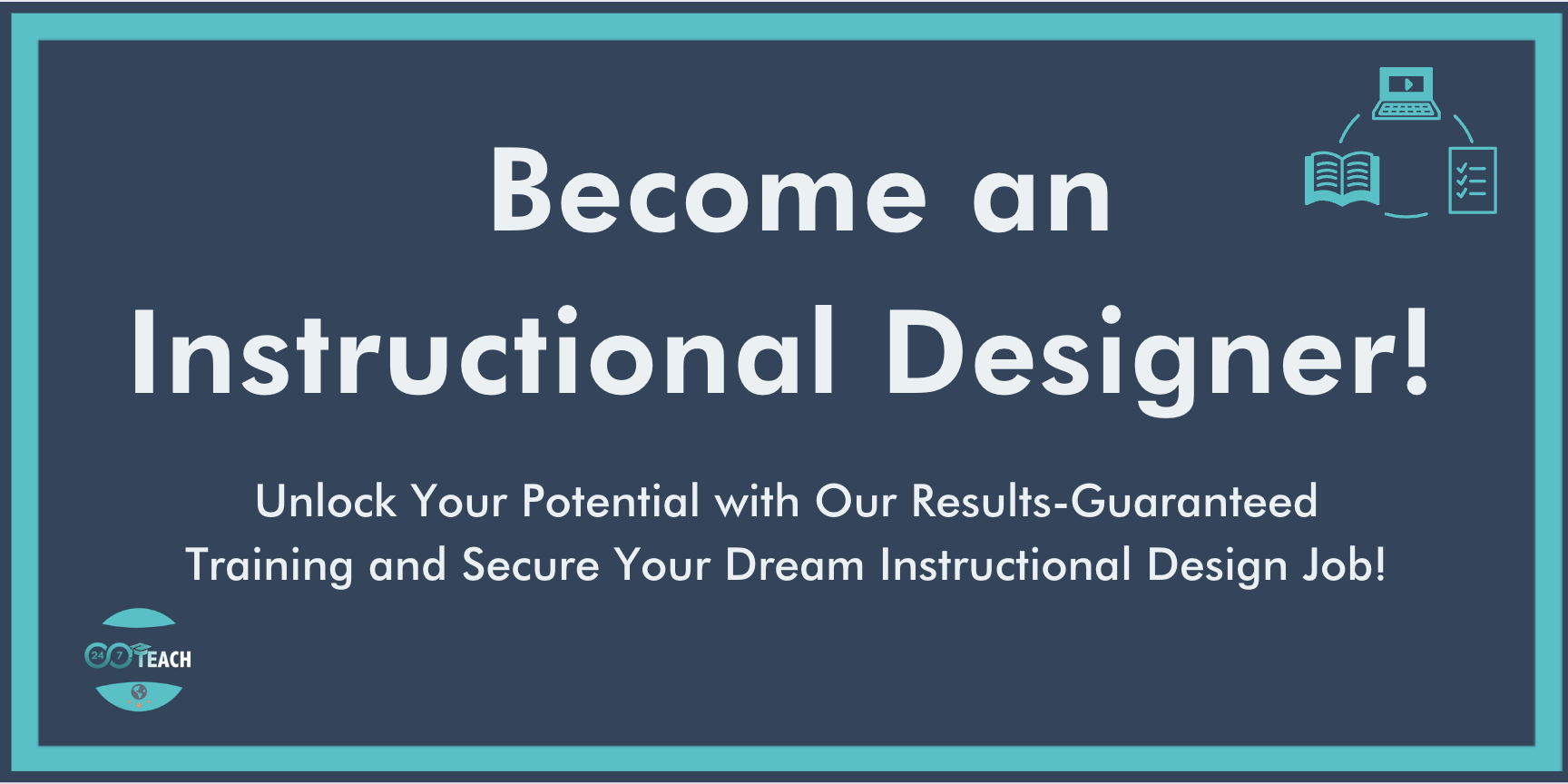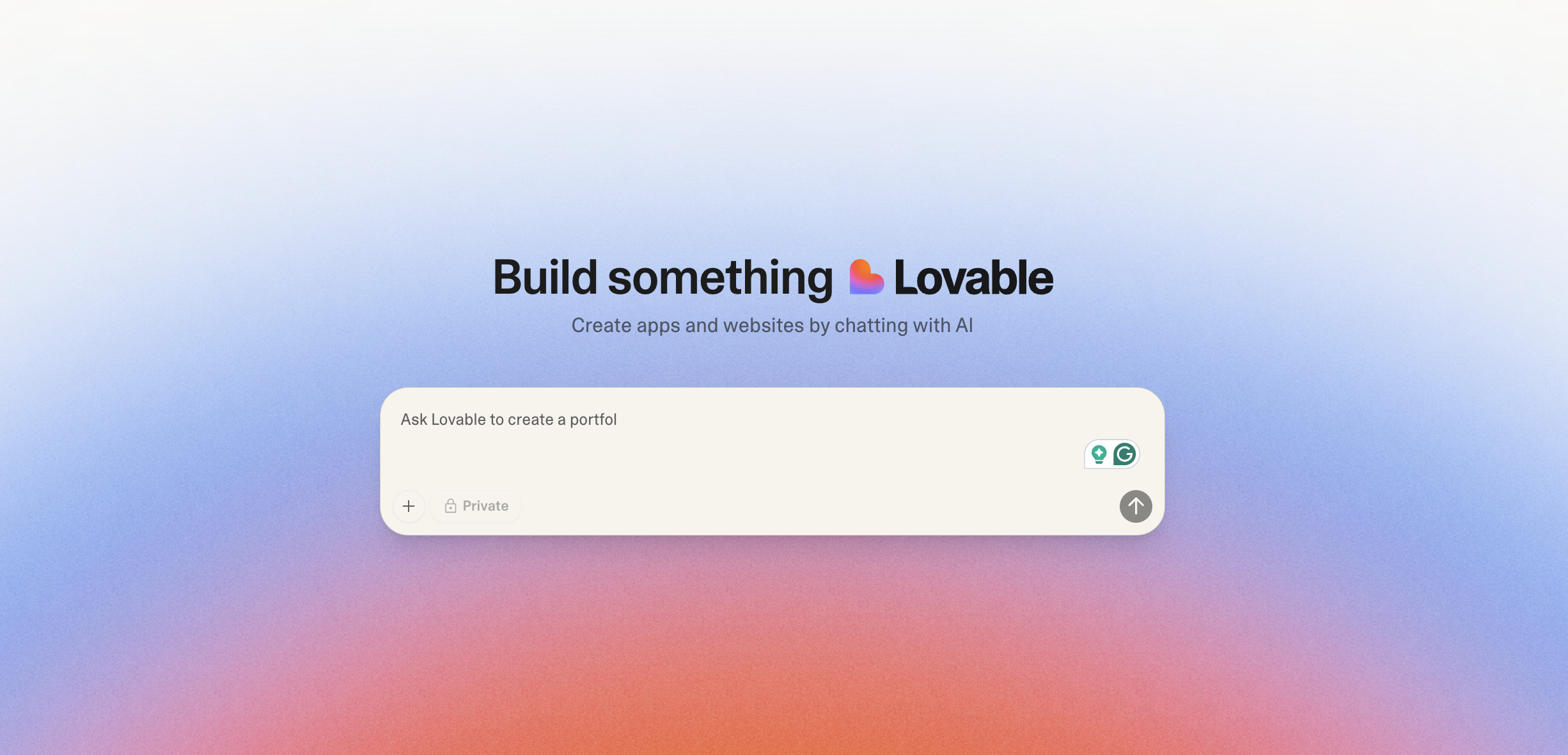How to Stand Out in a Crowded Instructional Design Market
By Anthony Miller
Hiring Manager and Instructional Designer
Prefer to listen to this post? Click below.
Crafting Excellence in Instructional Design - How to Stand Out in a Crowded Market:
In the increasingly competitive field of instructional design, possessing the technical know-how is no longer enough. As a new instructional designer, you're entering a market teeming with talent. To survive and thrive, it's essential to stand out with experience in effectively designed projects and robust soft skills. In this post, I'll guide you through what it takes to distinguish yourself in this bustling industry.
Gaining Real Project Experience
Start Small, Think Big
Beginning your journey might seem daunting, especially when competing with experienced designers. Focus on accumulating a portfolio of real projects, even small-scale ones. This could mean volunteering for non-profits, contributing to open-source eLearning projects, or offering your services to small businesses. Remember, the goal is to build a body of work that demonstrates your skills.
Leverage Every Opportunity
No matter how minor it may seem, each project is an opportunity to showcase your ability to handle various aspects of instructional design - from analyzing learning needs to creating engaging content and evaluating its effectiveness. Document your process meticulously and be ready to discuss your design choices, challenges, and outcomes.
Continuous Learning
Stay abreast of the latest trends and tools in instructional design. Engage in professional development through webinars, workshops, and conferences. This enhances your skills and shows potential employers or clients that you're committed to staying at the forefront of your field.
Showcasing Your Work
Building a Compelling Portfolio
Your portfolio is your professional narrative. It should tell the story of your journey as an instructional designer. Include diverse projects that showcase your range - from mobile learning to interactive eLearning modules and everything in between. Each project in your portfolio should reflect your understanding of instructional design principles and your ability to apply them effectively.
Articulating Your Design Decisions
Any designer can create a course, but a great designer can explain the rationale behind every course element. Be prepared to discuss why you chose a particular instructional strategy or tool, how you addressed specific learning challenges, and what the outcomes were.
Mastering Soft Skills
Navigating Ambiguity
Project requirements are often ambiguous in the real world, and constraints are a given. Develop the ability to navigate through uncertainty and make informed decisions. Adapting to changing circumstances and thinking on your feet is invaluable.
Effective Communication
As an instructional designer, you'll interact with various stakeholders - from subject matter experts to learners. Effective communication involves:
Understanding and adapting to different perspectives.
Managing expectations.
Being clear and concise in your interactions.
Problem-solving and Critical Thinking
You'll often encounter challenges that require creative solutions. This could be anything from budget constraints to technology limitations or diverse learner needs. A great instructional designer views these challenges as opportunities to innovate.
Collaboration and Teamwork
Instructional design is seldom a solo effort. You'll need to work effectively with teams, which could include other designers, developers, subject matter experts, and project managers. Being a team player and having the ability to collaborate seamlessly is crucial.
Standing Out in a Crowded Market
Specialize
Consider specializing in a niche area of instructional design. This could be anything from gamification to mobile learning or virtual reality. Specialization can make you more attractive to employers looking for specific skill sets.
Networking and Building Connections
Building a professional network is crucial. Attend industry events, join online forums, and connect with other instructional designers. Networking can lead to collaborations, job opportunities, and valuable insights into the industry.
Thought Leadership
Contribute to the field of instructional design by sharing your knowledge and insights. Write blogs, create instructional design resources, or speak at industry events. This establishes you as a thought leader and adds to your credibility.
Seeking Feedback and Being Open to Learning
Always seek feedback on your projects and be open to learning from it. Constructive criticism can be a powerful tool for growth.
Building a Sustainable Career in Instructional Design
Building a career in instructional design is akin to embarking on a marathon, not a sprint. It's about laying a brick-by-brick foundation to sustain you through a long and fulfilling career. Let's delve deeper into how you can build this foundation and make your mark in the instructional design community.
Develop a Learning Mindset
The instructional design landscape is dynamic, with new theories, tools, and technologies emerging regularly. Cultivating a learning mindset is crucial. This means being open to new ideas, willing to experiment, and learning from successes and failures.
Engage in Cross-Disciplinary Learning
Instructional design intersects with psychology, technology, visual design, and communication. Diversifying your knowledge across these domains can enrich your instructional design practice, allowing you to create more holistic and compelling learning experiences.
Understanding Business and Organizational Goals
Instructional design doesn't exist in a vacuum. Often, it serves broader business or organizational goals. Understanding these goals and how your instructional design initiatives align with them is critical. This alignment ensures that your projects are relevant and demonstrates your strategic thinking to stakeholders.
Harness the Power of Storytelling
Stories are a powerful tool in learning. They can make content more relatable and memorable. Developing storytelling skills can enhance your instructional design, making your courses more engaging and impactful.
Embrace Technology and Innovation
From virtual reality to artificial intelligence, technology is reshaping how we learn. Stay abreast of these developments and explore how they can be integrated into your instructional design projects. However, always ensure that technology serves the learning objectives, not vice versa.
The Art of Feedback and Iteration
Feedback is a goldmine for instructional designers. Learn how to solicit, interpret, and act on feedback. This iterative process of design, feedback, and improvement will significantly enhance the quality of your courses.
Building a Professional Brand
As you grow in your career, consider how you want to be perceived in the industry. Building a professional brand isn't about self-promotion; it's about establishing a reputation as a reliable, innovative, and effective instructional designer. Your brand should reflect your unique approach, values, and professional ethos.
Networking and Mentorship
Never underestimate the power of a solid professional network and mentorship. Connect with peers and experts in the field. A mentor can provide guidance, open doors, and offer insights based on their experiences. Similarly, mentoring others can also be a rewarding experience that sharpens your skills.
Balancing Creativity and Practicality
While creativity is a cornerstone of instructional design, it must be balanced with practicality. Solutions should be innovative but feasible, considering time, budget, and technology constraints. This balance is critical to successful project execution.
Conclusion: The Path to Becoming a Standout Instructional Designer
To stand out in the crowded field of instructional design, blend your technical prowess with soft skills, embrace continuous learning, and align your work with broader business objectives. Remember, every project you undertake is a stepping stone in your career path. Be open to exploring new avenues, take risks, and learn from every experience.
As you forge ahead in your journey, remember that being a great instructional designer isn't just about the courses you create; it's about the impact you make, the problems you solve, and the learners you inspire. With dedication, passion, and a commitment to excellence, you can become a competent instructional designer and a transformative force in the field.
Discussion Question:
Join the conversation and participate with the 24/7 Instructional Design community by answering the DQ in the comment section below:
Reflecting on your journey as an instructional designer, what project or experience do you feel truly set you apart in this competitive field, and how did it enhance your understanding of the balance between creativity, practicality, and strategic alignment with organizational goals?
Need Guidance on Navigating the Shift to Instructional Design?
Before You Go...
Discover the Unmatched 24/7 Teach Experience:
Our Instructional Design bootcamps and career coaching services have a 100% success rate. We redefine learning by immersing you in practical, hands-on projects, ensuring you acquire vital professional expertise while making a meaningful difference in your community.
Unlock your true potential today with 24/7 Teach and invest in your future.











